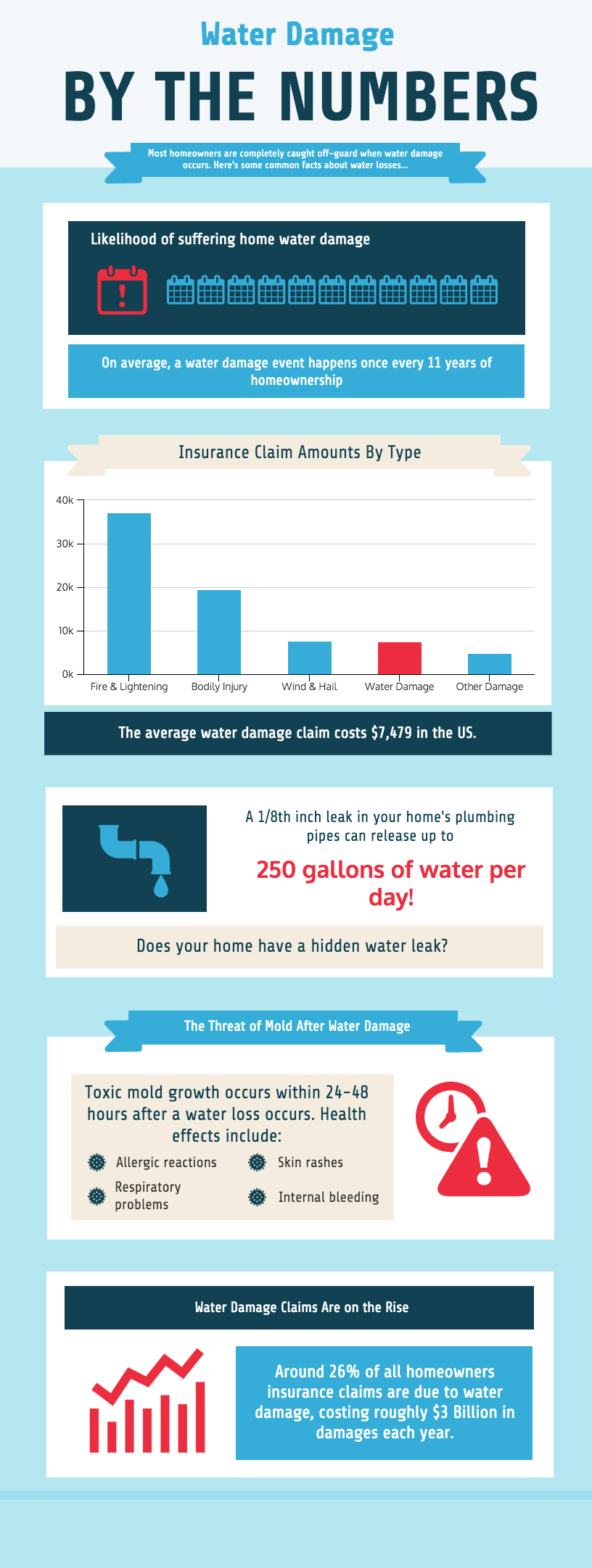Distinguishing Between Photovoltaic Panel Types: Choosing The Suitable Solution For Your Home
Distinguishing Between Photovoltaic Panel Types: Choosing The Suitable Solution For Your Home
Blog Article
Personnel Author-Lim McCormick
When it concerns selecting the best solar panels for your home, the choices can be frustrating. Each kind uses unique advantages and trade-offs, making it crucial to determine which elements straighten best with your objectives. Whether your focus gets on efficiency, cost-effectiveness, or aesthetics, there's a photovoltaic panel type that can accommodate your needs. So, before you make a decision, take into consideration the crucial facets that will influence your solar energy system's performance and suitability for your home.
Monocrystalline Solar Panels
When considering solar panels, you might stumble upon monocrystalline photovoltaic panels. These panels are known for their high effectiveness rates because of their building from a single constant crystal structure. sunpower company solar energy enables monocrystalline panels to execute far better in low light problems compared to various other kinds of solar panels. Additionally, https://science.howstuffworks.com/environmental/green-science/agrivoltaics-solar-panels-agriculture.htm makes them a popular option for household installations, blending in effortlessly with the majority of roofs.
One key advantage of monocrystalline photovoltaic panels is their space performance. They call for less area to produce the same quantity of electrical power as various other photovoltaic panel types, making them ideal for homes with limited roofing system room.
While monocrystalline panels have a tendency to be much more pricey ahead of time, their lasting durability and effectiveness frequently make them a cost-effective investment in the world of solar energy. If you prioritize effectiveness and aesthetic appeals in your photovoltaic panel choice, monocrystalline panels could be the right selection for your home.
Polycrystalline Solar Panels
Polycrystalline solar panels, likewise known as multicrystalline photovoltaic panels, supply a different option to monocrystalline panels. These panels are made from silicon crystals that are thawed with each other, producing a much less uniform appearance compared to monocrystalline panels.
Among the vital benefits of polycrystalline panels is their lower production expense, making them a more economical choice for property owners aiming to purchase solar energy.
While polycrystalline panels may have a slightly reduced efficiency price compared to monocrystalline panels, they still offer a reliable and cost-efficient means to generate solar power for your home. These panels execute well in high temperatures and are a long lasting selection for a variety of climates.
If you have a larger roofing room and are seeking to optimize your power manufacturing without breaking the bank, polycrystalline panels could be the ideal selection for you.
When considering solar panel choices for your home, it's important to evaluate the cost-effectiveness and performance of polycrystalline panels versus your energy requirements and budget plan restrictions.
Thin-Film Solar Panels
Proceeding to Thin-Film Solar Panels, these panels provide a distinct choice to conventional silicon-based options like polycrystalline panels. Thin-film panels are lightweight and flexible, making them less complicated to set up on various surface areas like bent rooftops or walls. They're likewise much more cosmetically pleasing, blending in effortlessly with the style of your home.
Nevertheless, it's vital to note that thin-film panels normally have reduced performance prices contrasted to crystalline silicon panels. This means you might require more area to create the exact same quantity of power.
On the bright side, thin-film panels perform much better in low-light conditions and have a reduced temperature level coefficient, indicating they can produce more power on warm days. If you have ample room and are looking for a flexible and visually appealing solar panel choice, thin-film panels could be a terrific option for your home.
Final thought
Finally, when selecting the best solar panel type for your home, consider your energy requires, spending plan, and space restrictions. Monocrystalline panels give high effectiveness in limited room, while polycrystalline panels provide an affordable alternative with reputable performance. Thin-film panels offer adaptability and visual appeal yet might have lower effectiveness prices. By evaluating these aspects, you can select the solar panel kind that finest fits your specific requirements.
